I am trying to understand the operation of the following low side driver circuit I found in a schematic of an old pinball machine (redrawn for clarity):
L1 is a Solenoid and Q1 is a Darlington BJT (TIP120).
- What is the purpose of C1, R2 and D1 and how does it affect the
circuits operation? - What would be the likely outcome if C1, R2 and D1 where removed from the circuit?
- If the 7407 open collector buffer and R1 pullup were removed, and assuming the MCU pin could supply sufficient current to drive the Darlington directly with the appropriate current limiting resistor, would C1, R2 and D1 remain unchanged?
